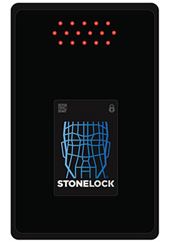18/03/2009
PSIA adopts REST
Santa Clara, California (USA)
REST is functionally rich and less expensive to execute and deploy than other architectures. Establishing REST for PSIA specifications will ensure interoperability regardless of the type of device or manufacturer, and will speed the timeline from implementation to deployment.
"We at the PSIA are pleased to be able to formally announce our decision to adopt REST into our service model," said Rob Hile, vice president of Business Development, Adesta, LLC. "We believe our organization will be instrumental in raising the bar for standardization and ease of integration for the Physical Security industry."
Some of the attributes of REST include improved response time and reduced server load. In addition, it improves server scalability and provides better long-term compatibility than other architectures.
"From an embedded computing environment, using REST makes the most sense," said Ian Johnston, CTO of IQinVision. "It is a very lightweight, robust, and scalable solution that doesn't rely on unnecessary messaging layers to get the job done."
A service model has been developed to provide a roadmap for the implementation of REST as the architecture for edge-level integration. This service model allows all PSIA activities, including video, analytics, storage, and access control, to rely on a common set
of interoperability standards. It will also allow users to choose all required services and be assured of interoperability, because all supported devices will have the ability to provide the mandatory PSIA services and provide for discovery of their optional services.
"The adoption of REST as the PSIA architecture is significant," notes John Fenske, director, Global Product Programs & Support for Johnson Controls. "Now that we have made this decision we can move forward and realize the benefits of standards-based products. We feel confident that the PSIA service model will help to simplify and improve our industry as well as reduce life-cycle costs for customers."
Product implementations relying on REST, the PSIA service model, and the IP Media Device API v1.0 spec are expected to be demonstrated in the second quarter of 2009.














